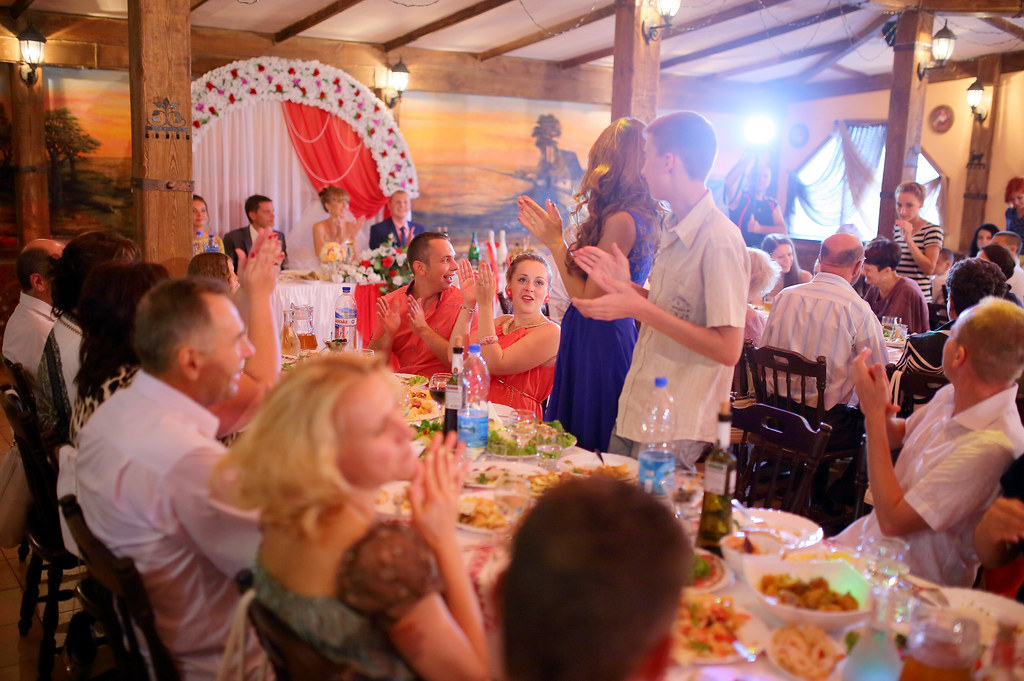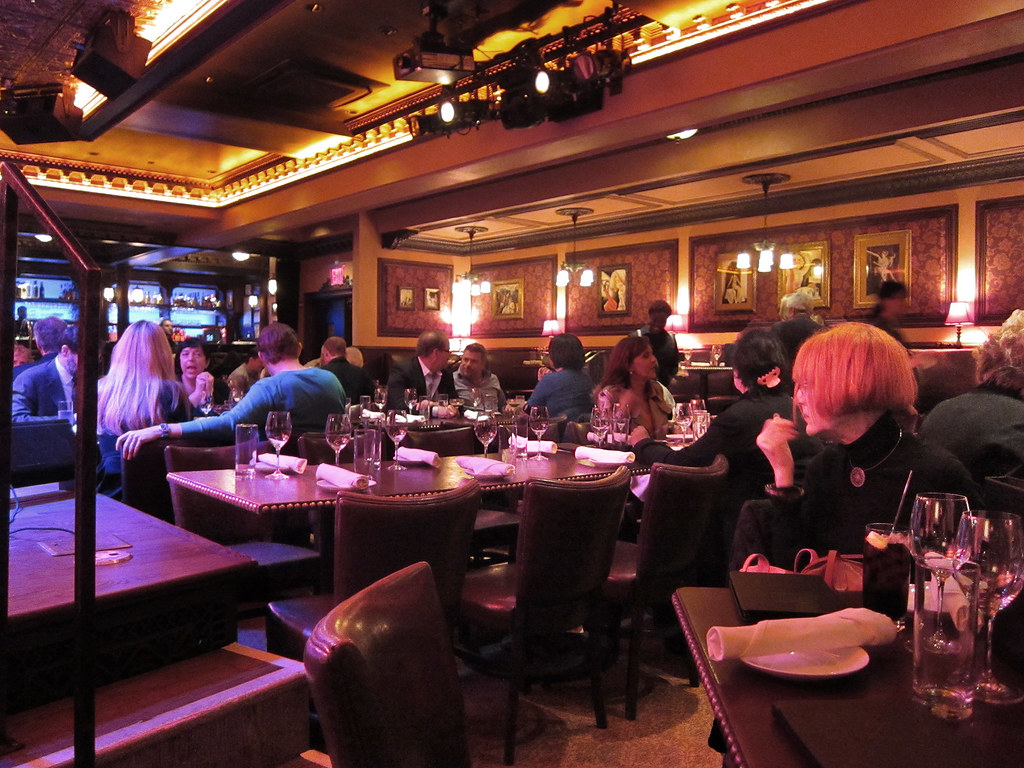See also: Articles on Music, Hearing Loss, and Hearing Devices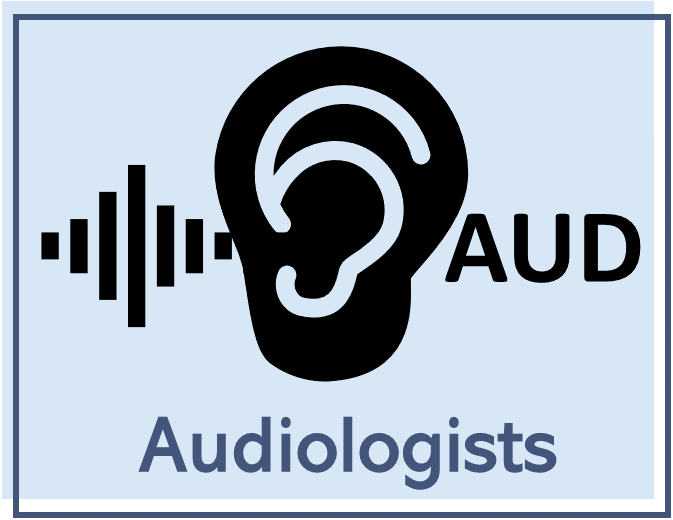
As you read this website, keep in mind the following:
-
People with hearing loss can differ in many ways.
-
Some information may be more applicable.
-
Pick and choose the information most useful for you.
Optimizing Music Listening of Cochlear Implant (CI) Users:
Information for Audiologists
1, 2
Introduction
Optimizing music listening requires different considerations than optimizing speech listening. Many factors and approaches for optimizing music listening are similar to auditory rehabilitation for speech communication (auditory profile, expectations, personality, environment). However, CIs technology is much more satisfactory for spoken vs. musical communication [for more information on CIs and music, click here]. Consequently, while counseling CI users for music perception shares many elements with counseling for speech perception, music enjoyment poses some unique challenges. By addressing these unique challenges, along with patient-specific factors, audiologists can help maximize music enjoyment for their CI patients.
Topics covered on this page include:
-
Music Listening of CI Users: A Complex and Dynamic Phenomenon
-
A Real-Life Scenario That Illustrates The Dynamic Nature of Music Listening
Music Listening of CI Users: A Complex and Dynamic Phenomenon
Do some CI users enjoy music more than others?
Yes, CI users vary considerably in how much they enjoy music. Furthermore, individual CI users also find some music experiences more satisfying than others. Just like speech understanding, music enjoyment among CI users is variable and can change over time. Music enjoyment among CI users is a complex and dynamic (characterized by constant change) phenomenon. That is, many interactive factors are involved, and those factors continually change over time. Those factors are illustrated in the Dynamic Problem-Solving Model for Management of Music Listening Environments (see below).
Because of the dynamic nature of music listening, the counseling of CI users on music enjoyment needs to be equally dynamic. Good clinical judgment paired with knowledge about CIs and music is important aspects in providing efficacious support. A host of factors must be considered, and the most effective strategies or accommodations will changes over time as a function of the listener, the environment, and the music.
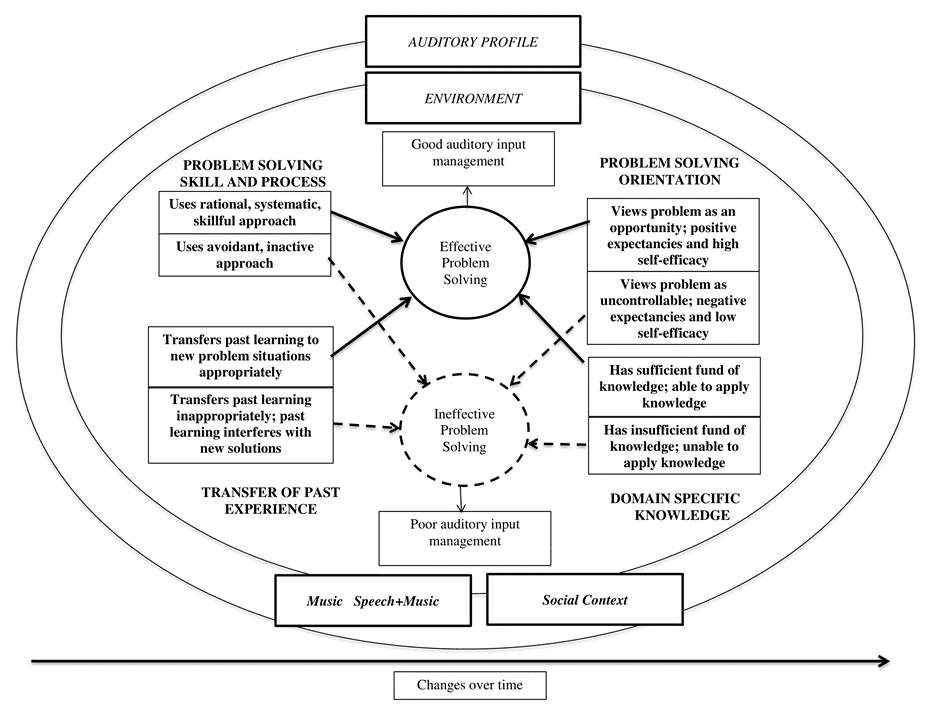
Dynamic Problem-Solving Model for Management of Music Listening Environments (DPSM-MMLE) (Gfeller, Driscoll, Schwalje, 2019). For an in-depth explanation of the specific factors, visit our page on the model.
Considerations for Counseling CI Recipients
-
Each CI user has a unique combination of factors that can either support or impede greater music enjoyment. The audiologist should consider those factors most likely to be relevant to each individual.
-
Level of adjustment to their hearing loss and device use
-
This includes acceptance of hearing loss and readiness for change [Click here for information on emotional adjustment to hearing loss and self-efficacy]
-
Providing encouragement to motivate initial efforts is an important step.
-
-
Personal characteristics such as flexibility and openness to input
-
Family and social support
-
A partner to share in listening practice (an auditory version of jogging with a friend) may help CI users to persist.
-
Supportive family and friends can help motivate effort and initiative on the part of the CI user.
-
Supportive family and friends can help sustain effort in the face of failure and discouragement.
-
-
Self-efficacy and willingness to self advocate
-
Access to domain-specific information and useful resources
-
Personal importance of music in daily life and psychosocial and cultural context
-
-
Counseling of CI recipients, like listening itself, is a dynamic process. It requires clinical flexibility on the part of the audiologist.
-
The audiologist needs to consider the CI user's current attitudes about their loss.
-
CI users differ in the time frame adjusting to hearing loss or device use.
-
-
-
Recommendations are more likely to be followed when well-matched to the CI user's current attitudes.
-
Coaching of problem solving may occur over time; select short-term objectives currently most relevant.
-
Some individuals are by nature more flexible and open to clinical recommendations.
-
Some prefer more concrete strategies and practical tips.
-
Tackling situations more readily controlled by the listener (e.g., listening to music at home) may be more realistic.
-
Others may appreciate a menu of options or a conceptual approach to problem solving.
-
-
Some individuals are more conscientious in following clinical recommendations.
-
CI users may go through times of progress and regression. Help the individual to see this as 'normal.'
-
-
Personal counseling can be complemented with the provision of reliable resources such as websites, advocacy groups, books, articles.
-
Printed and internet resources can complement the information provided during busy appointments.
-
Information can be accessed at a later time when the CI user is possibly more receptive or ready for additional input.
-
-
Talk through the logistics and practical approaches for carving out time for listening practice or enrolling in training.
-
A Real-life Scenario that Illustrates the Dynamic Nature of Music Listening
Scenario: Going to a wedding.
Listening difficulty will vary with the dynamic interaction of the following factors:
-
The auditory profile of the CI user as moderated by their hearing device(s): Does the listener have usable residual hearing? Good bimodal input?
-
The listening environment: Is the wedding in a large reverberant church? A smaller room with absorbent drapes and cushions? Outside on a calm or windy day? Is the service being amplified over a loudspeaker? How far is the listener from the music?
-
The specific types of musical sounds being heard: Is the music played by a large, loud pipe organ? A solo singer with quiet piano accompaniment? A string quartet? Is the style of music or specific song familiar?
-
Whether music is the listening focus or is the background to a conversation: This will change throughout the service.
-
The social context in which the music is heard: Are many people invited to the wedding? Is it a small intimate group? Are people sitting quietly or talking to others?
-
Individual listener differences in problem solving: Is the listener tired or alert? Does the listener feel comfortable asking if the church/synagogue/temple has an FM loop or other assistive listening devices? Is the listener comfortable asking to be seated closer to the front? Is the listener familiar with common musical choices for this type of ceremony?
-
Change over time: The complexity of the target input, environmental conditions, and competing noise is likely to change over time, thus requiring responsiveness to the current conditions---dynamic problem solving. The CI user's self-efficacy and willingness to venture out and try challenging environments may change over time.
Case Example Illustrating Dynamic Problem Solving
Rachel is invited to a wedding.
-
Auditory profile: Rachel has had a progressive hearing loss that resulted in unilateral implantation at age 45. She uses a CI in one ear and a hearing aid (HA) in the other. She gets better music perception through her HA than her CI.
-
During times that music is the primary focus (such as organ solos), she turns off her CI and relies on her HA to listen to the music.
-
She turns her CI on again to listen to the minister speak.
-
-
Environment: The wedding takes place in a large historic church with reverberant acoustics. The echo in the church makes some of the musical sounds unclear and hard to understand.
-
Rachel anticipates that she will find some of the music distorted or unclear and that she will need to rely heavily on visual cues. As a plus, the church has installed an FM loop to help listeners with hearing loss.
-
-
The music: The music played by the church organ is fairly loud and complex in melody and harmony. With her CI, the organ sounds like noise to Rachel, and sometimes it is uncomfortably loud. In contrast, the solo voice of the minister chanting a portion of the ceremony is easier to understand.
-
Rachel relies primarily on her HA when the organ is the main sound. The FM loop helps her to hear the minister's speech.
-
-
Is music the listening focus, or is it a background to a conversation? The music is the focus during the bridal procession, recession and when the soloist sings. At other times the music is in the background as guests gather in the church. The minister's voice is the primary voice for most of the ceremony.
-
Rachel follows along with the marriage ceremony in the church hymnal and also relies on her memory from years of attending weddings.
-
Because she asked to be seated near the front, she can read the minister's lips as he conducts the ceremony.
-
-
The social context in which the music is heard: As more guests enter the church, the background noise of conversation increases. As the background noise increases, Rachel finds it increasingly difficult to converse with others and to listen to the music being played in the background at the same time.
-
Rachel knows that she has difficulty with noisy environments. As she waits for the ceremony to start and background conversation to die down, she keeps her focus on the beautiful wedding attire, flowers, and other decorations in the church. She initiates more important conversations with friends outside the church after the wedding is over.
-
-
Problem-solving orientation:
-
Proactive problem solving: Before the wedding, Rachel looks up the church phone number and calls to ask if the church has an FM unit. They do. Rachel takes a moment to review what her audiologist told her about how to use an FM loop. She also puts her mini microphone in her purse in case she wants to hear a conversation partner more clearly.
-
Self-advocacy: Upon arrival at the church, she mentions to the usher that she has a hearing loss and asks to be seated as close to the front of the church as possible. After the service, Rachel takes a brief 'hearing break' outside the church. Then she invites a few close friends to chat with her in a quieter area away from the main crowd.
-
Effective transfer of knowledge to new situations: Rachel uses her memory of music to piece together some of the familiar wedding music.
-
Dynamic response to changing acoustic input: Rachel uses her own judgment to increase or decrease the volume on her CI and HA at various parts of the ceremony.
-
Realistic expectations and active problem solving: She reminds herself that some parts of the ceremony will be easier for her to hear and understand. When the congregation sings a hymn, Rachel can look at the hymnal to help her hear the song lyrics. This isn't how she always felt about these situations.
-
Early in her CI experience, Rachel found it pretty difficult to cope with all the noise and making sense of difficult listening environments.
-
Rachel initially felt angry or sad about her hearing situation and tended to avoid large social events.
-
Rachel was too embarrassed to ask for accommodations.
-
It took Rachel several months to build up the nerve to ask her audiologist about assistive listening devices and how to use them.
-
While acclimatizing to the CI input, Rachel was worried about misunderstanding others; she often avoided social situations.
-
-
Over time, Rachel received moral support and useful information from her audiologist, support group, and family.
-
Rachel signed up for rehabilitation classes and followed through on practice.
-
With focused effort, she started to see some improvement in CI benefit.
-
-
She learned about self-advocacy from other CI users.
-
-
Rachel has developed self-efficacy and continues to grow in her problem-solving abilities.
-
She now sees managing her hearing loss and CI as an ongoing process.
-
She reaches out to others in her support group when she is having a tough communication day.
-
-
-
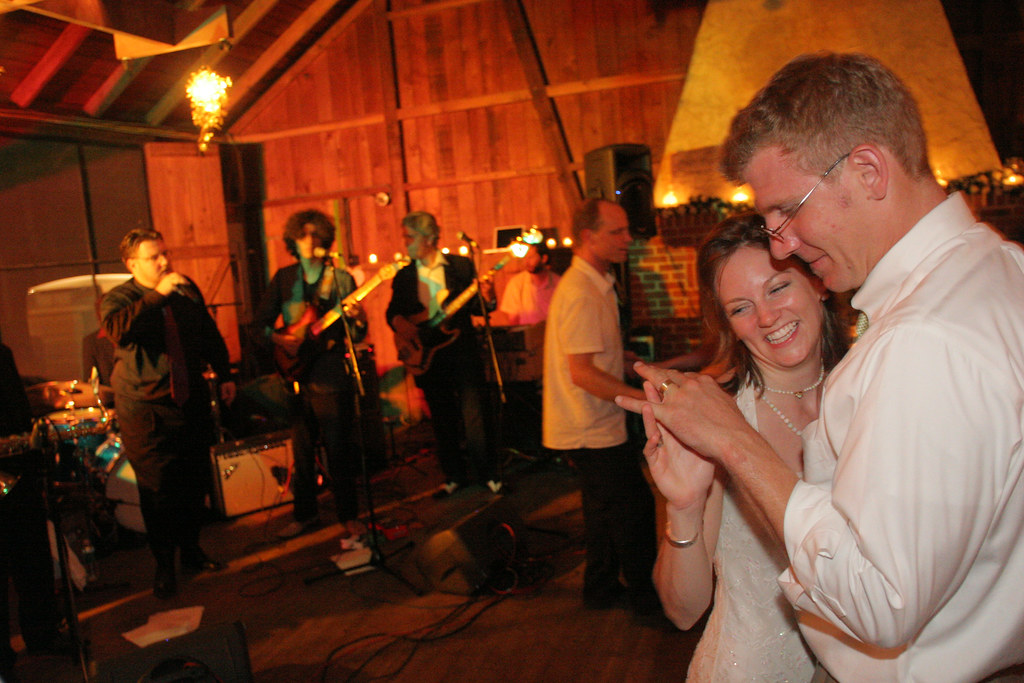
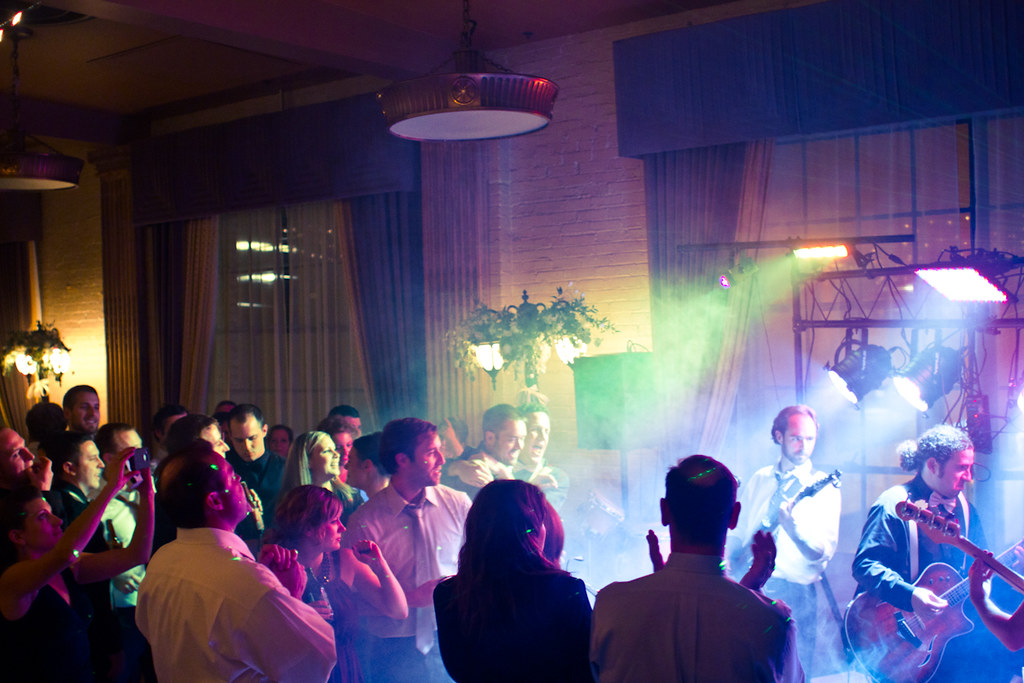
Dynamic situations require dynamic problem solving:
-
As this scenario indicates, music and speech are in nearly constant interplay in this setting. How much Rachel enjoys herself depends on many factors:
-
the acoustics in the room
-
what kind of music is being played
-
how many people are in the room
-
whether there are multiple conversations or not
-
whether there are visual cues
-
-
Rachel can control some things; others, she cannot. Through effective problem solving, Rachel may be able to enhance some aspects of this complex listening situation.
-
In many social settings, the factors that impact listening tend to change over time.
-
People with hearing loss may need to have some 'back-up' plans for how to best negotiate circumstances— a dynamic approach to problem solving.
-
The dynamic nature can be particularly challenging for CI users who are still grieving or angry about their hearing loss, or who are by nature less flexible, and more routine bound.
-
-
Hearing professionals will want to take into account the personality characteristics of the individual when offering strategies.
-
Some CI users may approach problem-solving naturally, or with a little encouragement and information.
-
Others may need more direct guidance and encouragement on how to self-advocate or negotiate complex listening situations.
-
Some CI users may be more open to a few specific tips for a few personally relevant situations.
-
-
Audiologists can help prepare their patients for real-life situations by providing
-
Informational resources (quality websites, brochures, books, advocacy groups).
-
Discussing or role-playing problem-solving strategies or self-advocacy to negotiate complex listening situations.
-
Click the links below for additional examples of problem solving in complex conditions involving music:
Suggested readings:
This article discusses various factors that contribute to pleasant or difficult music listening experiences with a wide range of adult CI users.
-
Click on the title to access the article: Gfeller, K., Driscoll, V., & Schwalje, A. (2019). Adult Cochlear Implant recipients’ perspectives on experiences with music in everyday life: a multifaceted and dynamic phenomenon. Front. Neurosci., 13, 1-19
This article shares input from a unique cohort of CI users who are high-level musicians, and their strategies for improving music enjoyment and music-making.
-
Click on the title to access the article: Gfeller, K., Mallalieu, R. M., Mansouri, AL., McCormick, G., O’Connell, R. B., Spinowitz, J., & Turner, B. G. (2019). Practices and attitudes that enhance music engagement of adult cochlear implant users. Front. Neurosci, 13, 1-11
Click here to review references used in preparation of this website.
1. All images on this website are used under Creative Commons or other licenses or have been created by the website developers.
2. Click here to access the sources of images on this page.
